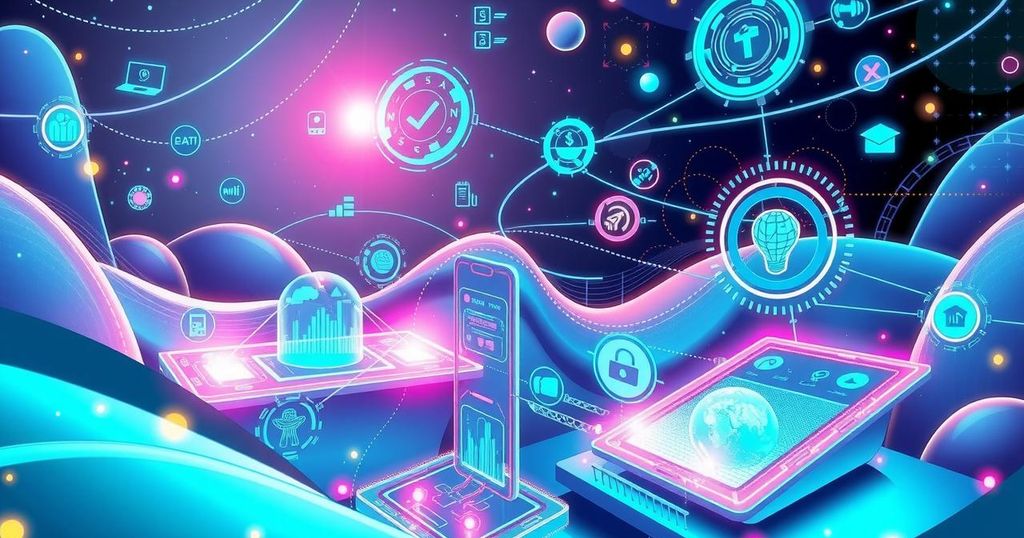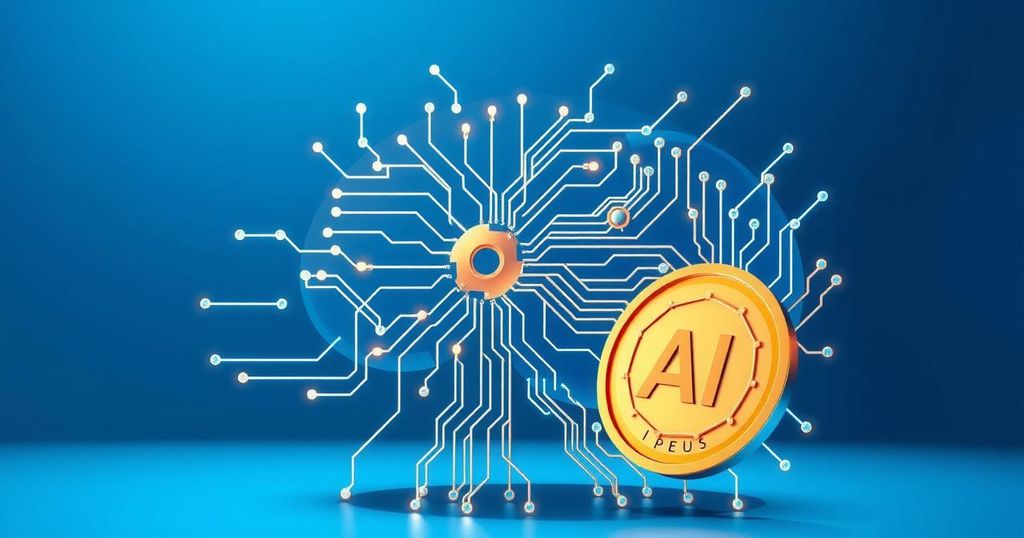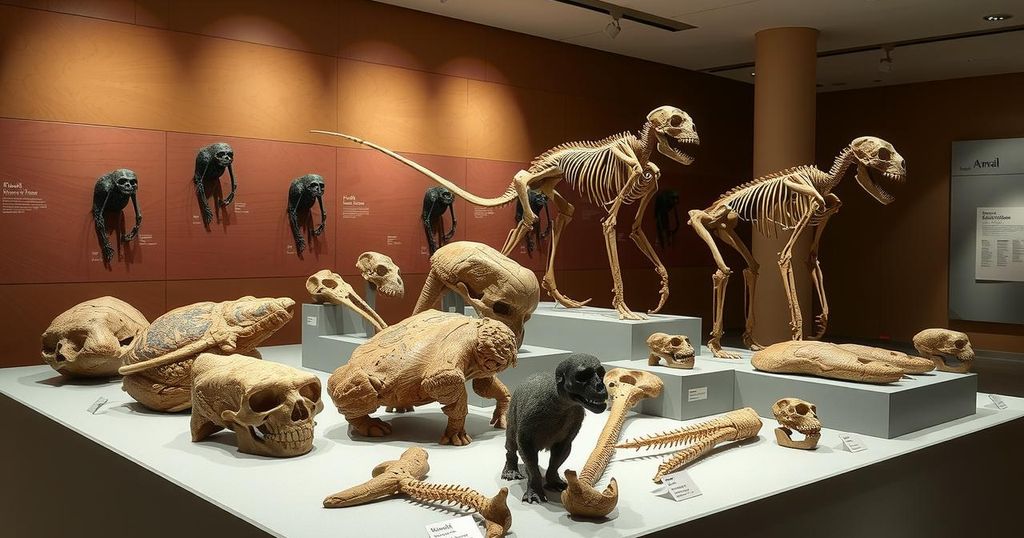Still Early to Gauge AI’s Impact, Say Experts
- AI advancements are rapidly reshaping education and healthcare sectors.
- The fast-paced changes create both opportunity and pressure for society.
- Concerns exist regarding AI’s misuse and its long-term effects on jobs.
- Debates around indigenous vs existing AI models are prominent in India.
- Inclusivity in training data is essential for better AI outcomes.
- The potential for AI applications rests on improved user experiences.
AI is creating opportunities and facing challenges.
Current State of AI Development: Rapid Changes Ahead The development of artificial intelligence is not just another chapter in technology; it’s a major shift reshaping our industries. According to Srinivas Narayanan, the vice president of engineering at OpenAI, this new tool has an astonishingly broad scope as it finds application across various sectors like education, healthcare, and finance. Aparna Chennapragada, Microsoft’s chief product officer for AI, agrees that the speed of advancements in AI is mind-boggling. Technologies that felt like a distant dream two years ago are now commonplace, highlighting the real pressure there is to keep up with the pace.
Risks involved with rapid AI advancements.
Understanding Risks and Societal Changes from AI But with great potential comes significant risk. Narayanan points out that while there are immediate concerns, such as disinformation and unhealthy dependency on AI, the long-term ramifications on jobs and economic structures are even more daunting. Both Narayanan and Chennapragada underscore the importance of preparing society for these shifts, as the technology continues evolving faster than we can understand. The landscape of knowledge has undergone transformation; where access used to be a limitation, AI brings expertise in areas like health and finance to anyone with an internet connection. But this also results in complex questions about the re-evaluation of valuable skills in an AI-driven world.
The balance between indigenous models and existing ones.
Indigenous AI Models: Balancing Needs and Innovation As the debate rages on in India about whether to invest in homegrown large language models or utilize existing ones, there appears to be merit in both strategies. Narayanan argues that both large and smaller AI models have their roles depending on the given application; straightforward tasks can effectively utilize smaller systems whereas larger models have their strengths in nuanced reasoning. Chennapragada adds another vital layer to the conversation, highlighting the significance of inclusivity in training data — whether it accurately captures diverse perspectives and languages. A growing trend indicates that more countries are beginning to create their own training sets to reflect local realities, emphasizing a future where writing will involve communication not just with people but also machines.
Focus on meaningful developments in AI systems.
Future Breakthroughs: Architecture vs Training When it comes to potential breakthroughs in AI, Narayanan believes recent advancements have stemmed from innovative model training that emphasizes reasoning more intelligently than merely predicting the next word. While there’s still room for growth with current methods, it’s a challenging path that requires high-quality expert data to tackle increasingly complex problems. Meanwhile, Chennapragada draws attention to the reality that many routine tasks performed by professionals could be easily handled by AI right now, freeing humans to focus on more complex and skilled responsibilities. This implies that the core of the next step may not even require cutting-edge breakthroughs but more thoughtful product development.
Improving conversational abilities of AI models.
Addressing Limitations in AI Responses An interesting dynamic arises when speaking of limitations; models trained on next-token prediction often shy away from saying ‘I don’t know’. Narayanan recognizes that addressing this gap is on their agenda. Ideally, the future versions of these models should not only dish out answers but also converse, ask questions, and eventually acknowledge their knowledge limits. The team is committed to creating a more nuanced interaction where AI can recognize its shortcomings, enhancing the overall user experience.
Envisioning the potential of AI applications.
Future Applications and Excitement Around AI As for what truly excites both professionals, Chennapragada is particularly keen on user interfaces tailored to individual needs, rather than one-size-fits-all solutions. She’s optimistic about the explosion of video-based AI technologies, given our intrinsic tendency to think visually. On the other hand, Narayanan’s excitement lies in how AI can ultimately serve to amplify human potential. If the associated risks can be effectively managed, he believes AI holds the promise of driving substantial progress across various sectors and attracting positive societal change.
As AI continues its relentless pace of development, industry leaders stress the importance of balancing innovation with risks. The future appears to be one where customization will play a significant role, but with challenges that need addressing. As training data becomes more representative and systems grow more conversational, the hope lies in using AI not just as a tool, but as a means to elevate human capabilities.




Post Comment